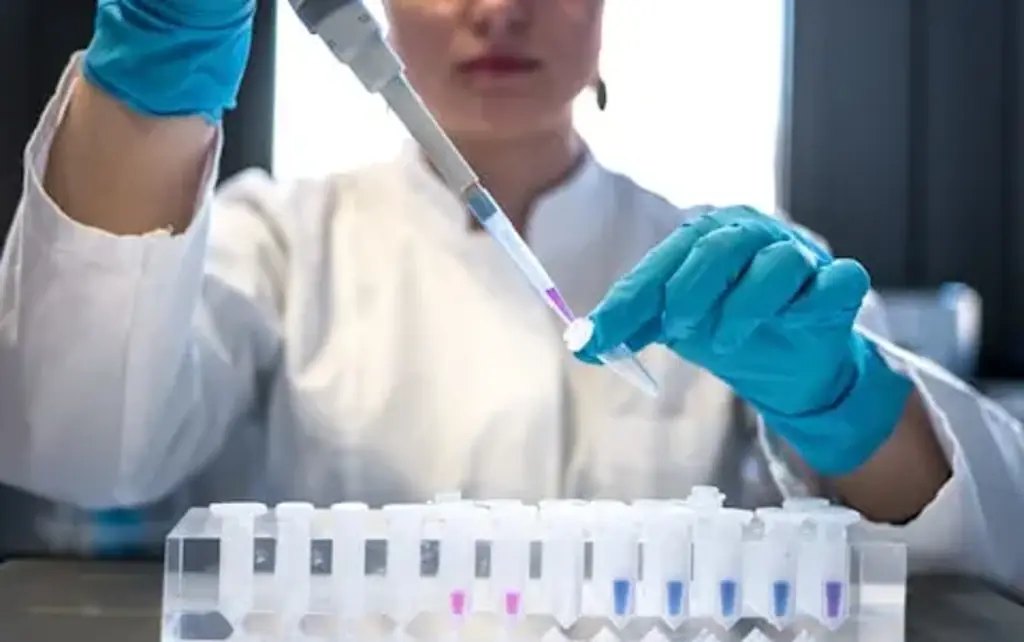
A visit to Yellowstone National Park turned fatal for 23-year-old Colin Scott, who tragically died after falling into a volcanic hot spring.
The young man had reportedly been attempting to “hot pot” (a dangerous and illegal activity that involves briefly dipping into a natural hot spring, as per the National Park Service) when he slipped and fell into one of the park’s near-boiling geothermal pools.
The heartbreaking incident occurred in an area known for its extreme geothermal activity, where temperatures and mineral content make the water fatally hazardous to humans.
What is ‘hot potting’ and why it’s so dangerous
Yellowstone is home to the largest concentration of geothermal features on Earth, including thousands of hot springs, geysers, and mud pots. These pools are heated by a massive underground supervolcano, which fuels temperatures that can easily reach 199°F (93°C) at the surface, and even hotter below, the BBC details.
While the mineral-rich waters might appear inviting, they are filled with corrosive chemicals and extreme heat capable of destroying human tissue within moments. “Hot potting” in Yellowstone is not only strictly prohibited, but deadly; a lesson that, tragically, cost Colin his life.

Body dissolved overnight in volcanic water
According to official park reports, Colin had been testing the temperature of a spring when he slipped and fell in. Despite immediate rescue efforts, the scalding water proved fatal, according to The Guardian.
Rangers rushed to the scene, but a severe thunderstorm forced them to temporarily halt recovery efforts. When they returned the next day, Colin’s body was gone, leaving behind only his sandals and wallet floating in the acidic pool.
Deputy Chief Ranger Lorant Veress later detailed the horrific conditions in his incident report, writing: “In a very short order, there was a significant amount of dissolving.”
The combination of boiling temperatures and acidic volcanic minerals effectively dissolved Colin’s remains overnight, a chilling reminder of the raw power of Yellowstone’s geothermal landscape.
Yellowstone’s volcanic pools: beautiful but deadly
While the vivid colors and bubbling pools of Yellowstone are breathtaking, they conceal some of the most dangerous natural environments on Earth.
The combination of sulfuric acid, heat, and volcanic minerals makes these pools extremely corrosive. Only a few species of heat-resistant bacteria can survive in these waters; humans certainly cannot.
More than 20 people have died in Yellowstone National Park's 10,000 geothermal pools, according to reports. While the number may seem small given the millions of visitors each year, the park consistently warns tourists to stay on designated boardwalks and never approach geothermal features.

A tragic reminder of nature’s power
Colin Scott’s story serves as a haunting reminder of the dangerous allure of Yellowstone’s hot springs. Though stunningly beautiful, the park’s geothermal features are not meant for swimming or bathing.
Park officials continue to stress that safety barriers and warnings exist for a reason; and that ignoring them, even for a moment, can have devastating consequences.















